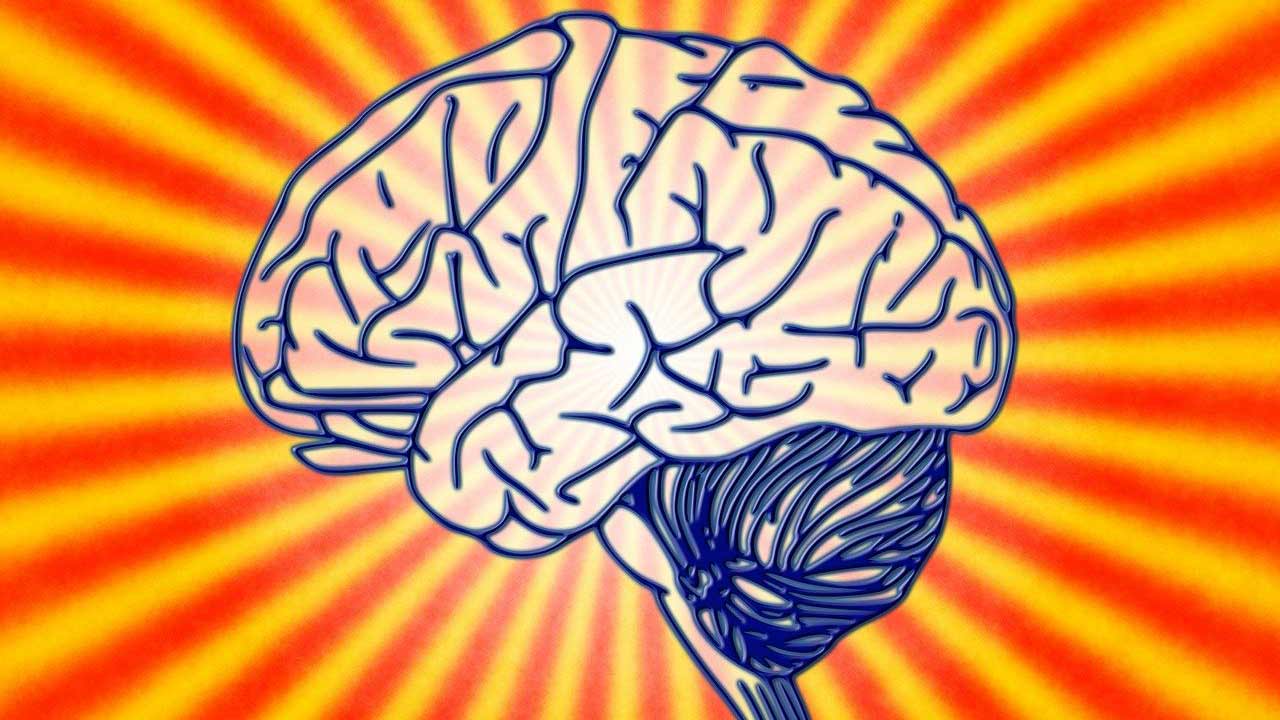The Importance of Early Concussion Detection: Preventing Long-Term Effects
Concussions are a type of traumatic brain injury (TBI) that occur when a blow or jolt to the head causes the brain to move rapidly inside the skull. While many people associate concussion awareness and detection with sports and physical activities, they can happen in a variety of situations, from car accidents to falls and more. Although the immediate symptoms of a concussion may seem mild, the long-term consequences can be severe if not properly managed.
Concussion awareness and detection is about taking prompt action, as soon as it happens—which can significantly reduce the risk of long-term effects, ensuring better outcomes for the individual. Here’s how early recognition and treatment play a crucial role in preventing lasting damage.
Why Early Detection Matters
Concussions may not always present symptoms right away. Sometimes, individuals may feel fine immediately after an injury, with symptoms like headaches, dizziness, or confusion appearing hours or even days later. This delayed onset can make it difficult for a person to recognize the severity of the injury in the early stages.
However, the sooner concussion awareness and detection are recognized and treated, the better the chances of preventing long-term damage. Delaying diagnosis or treatment can lead to complications that can have lasting effects on a person’s health and well-being.
The Risks of Ignoring a Concussion

When concussion awareness and detection go undetected or untreated, the brain is left vulnerable to further damage. The primary risk of ignoring a concussion is the potential for second-impact syndrome. This rare but serious condition occurs when a person sustains a second concussion before fully recovering from the first. It can lead to rapid brain swelling and severe complications, including permanent brain damage or even death.
Even without second-impact syndrome, repeated concussions or inadequate management of a single concussion can increase the risk of developing Chronic Traumatic Encephalopathy (CTE), a neurodegenerative disease linked to long-term brain injury. Symptoms of CTE include memory loss, mood swings, depression, and cognitive decline, and the disease is often diagnosed years or decades after repeated head trauma.
Furthermore, a concussion that isn’t properly managed can lead to Post-Concussion Syndrome (PCS). PCS is a collection of symptoms—such as headaches, dizziness, fatigue, and difficulty concentrating—that persist long after the initial injury. It can significantly impact a person’s daily life, making it difficult to return to work, school, or sports. The longer a concussion goes untreated, the higher the likelihood that PCS will develop and persist for months or even years.
How Early Detection Can Help
1. Quicker Recovery
Concussion Awareness and Detection allow for immediate rest and medical intervention, which is critical for proper healing. In the first few days after a concussion, the brain needs time to recover from the trauma. Early detection can help prevent the brain from being overstressed during this sensitive period, reducing the risk of additional damage. Following a prescribed recovery plan under medical supervision allows the brain to heal more effectively and reduces the likelihood of prolonged symptoms.
2. Avoiding Re-injury
One of the biggest dangers of concussions is the temptation to return to physical activity before the brain has fully recovered. If a second concussion occurs before the first one has healed, the risks of more severe injury increase exponentially. Early recognition of a concussion allows athletes and individuals to follow proper return-to-play protocols, ensuring that they don’t resume activity too soon. This gives the brain the time it needs to heal and reduces the chances of a second injury that could result in more severe long-term effects.
3. Preventing Long-Term Cognitive and Mental Health Issues
The long-term effects of concussions, such as memory loss, depression, and cognitive decline, are often linked to repeated brain injuries. By recognizing the signs of a concussion early, individuals can take proactive steps to prevent further damage and protect brain health. This includes seeking medical care, avoiding risky activities, and engaging in strategies to aid recovery, such as cognitive rest, sleep, and stress management. Early detection can prevent the cascade of neurological damage that leads to conditions like CTE and Post-Concussion Syndrome.
4. Reducing the Risk of Chronic Traumatic Encephalopathy (CTE)
One of the most concerning long-term effects of repeated concussions is the risk of developing Chronic Traumatic Encephalopathy (CTE). CTE is a degenerative brain disease that has been found in individuals with a history of multiple concussions or head trauma, particularly athletes in contact sports. While CTE can’t be definitively diagnosed until after death, research suggests that early detection and management of concussions could help reduce the likelihood of developing CTE later in life. By identifying and managing concussions early, we can reduce the cumulative effect of multiple head injuries over time, ultimately minimizing the risk of developing long-term neurological issues like CTE.

Introducing the SMARTHEADSYSTEM™
We want to help with concussion awareness and detection; by staying ahead of the game on injury. Try our proven SMARTHEADSYSTEM™ we know all too well, that prevention is key. Receive real-time, calculated bio-metrics with every impact.
Steps to Take for Concussion Awareness and Detection
To ensure that concussion awareness and detection happen as early as possible, it’s crucial for individuals—athletes, parents, coaches, and caregivers—to be vigilant and proactive. Here are some steps to help recognize a concussion sooner:
1. Know the Symptoms: Understand that concussion awareness and detection symptoms can vary. While headaches and dizziness are common, other symptoms may include nausea, confusion, blurred vision, sensitivity to light or noise, or changes in behavior. It’s important to recognize that these symptoms can sometimes be subtle or delayed.
2. Monitor After Impact: If someone sustains a blow to the head or experiences a fall or collision, it’s important to monitor them closely for any signs of a concussion. Keep track of any changes in their behavior, mood, or physical state, even if they initially seem fine.
3. Follow Concussion Protocols: Concussion awareness and detection in sports and other high-risk activities, follow concussion protocols. If there’s any suspicion of a concussion, err on the side of caution and remove the individual from play. Only allow them to return when they’ve been cleared by a medical professional.
4. Consult a Healthcare Professional: If a concussion is suspected, seek medical attention immediately. A healthcare provider can conduct a thorough evaluation, including cognitive and neurological tests, to determine the severity of the injury and recommend the appropriate course of treatment.
5. Rest and Recovery: Once diagnosed, rest is essential for recovery. This means both physical and cognitive rest—avoiding activities that strain the brain, such as reading, screen time, or even intense thinking. Gradual return to normal activities, under medical supervision, is key to ensuring a full recovery.
The Bottom Line: Early Action Saves Brain Health
The earlier concussion awareness and detection are properly managed, the better the chances of avoiding long-term complications. With prompt action, individuals can significantly reduce the risk of developing post-concussion syndromes, cognitive decline, and neurodegenerative diseases like CTE.
Raising awareness about the importance of recognizing concussions sooner can make a world of difference in protecting brain health. Whether you’re an athlete, a parent, or simply someone who wants to understand the risks better, prioritizing early detection and treatment of concussions is the first step toward a healthier, safer future.
By staying alert to concussion awareness and detection by acting quickly, we can prevent these injuries from having lasting effects on brain health and ensure a more successful recovery for those affected. Early intervention is key—not just for today’s safety, but for tomorrow’s well-being.

